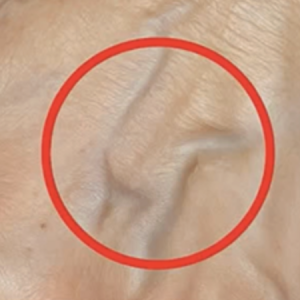At first glance, the image looks like a playful brain teaser — just a cluster of colorful triangles. But as you stare, your mind begins to shift: “Are there nine? Thirteen? Maybe more than twenty?” Optical illusions like this reveal how your brain interprets the world and can hint at personality, creativity, and thought patterns. Psychologists say these illusions “don’t just trick your eyes — they uncover the unique ways your mind filters and organizes reality.”
Experts in Gestalt psychology explain that the brain naturally groups shapes to form a bigger picture, often filling in missing pieces. Some people focus on structure and count each triangle carefully, while others see larger patterns, connecting lines and shapes quickly. These tendencies reflect how you solve problems, handle relationships, and make decisions — do you seek clarity or explore abstract possibilities?
If you counted around 9 triangles, you likely value realism and logic, appreciating “facts, structure, and simplicity.” Seeing 13 to 16 suggests balance, blending reason with intuition, making you empathetic and adaptable. Spotting more than 20 often signals a strong imaginative mind, seeing “layers where others see lines” and connecting ideas creatively.
Ultimately, this puzzle is a mirror, not a test. “Two people can look at the same pattern and see entirely different things — both right, both true in their own way.” Whether you focus on each triangle or the infinite shapes between them, your perception reflects how you view opportunity, meaning, and the world itself.





